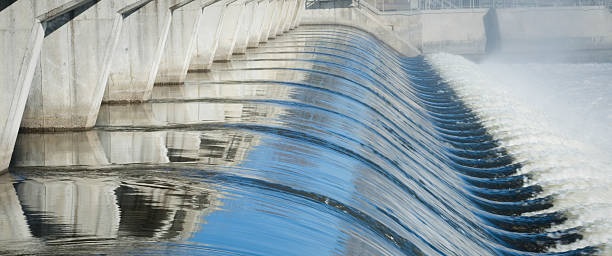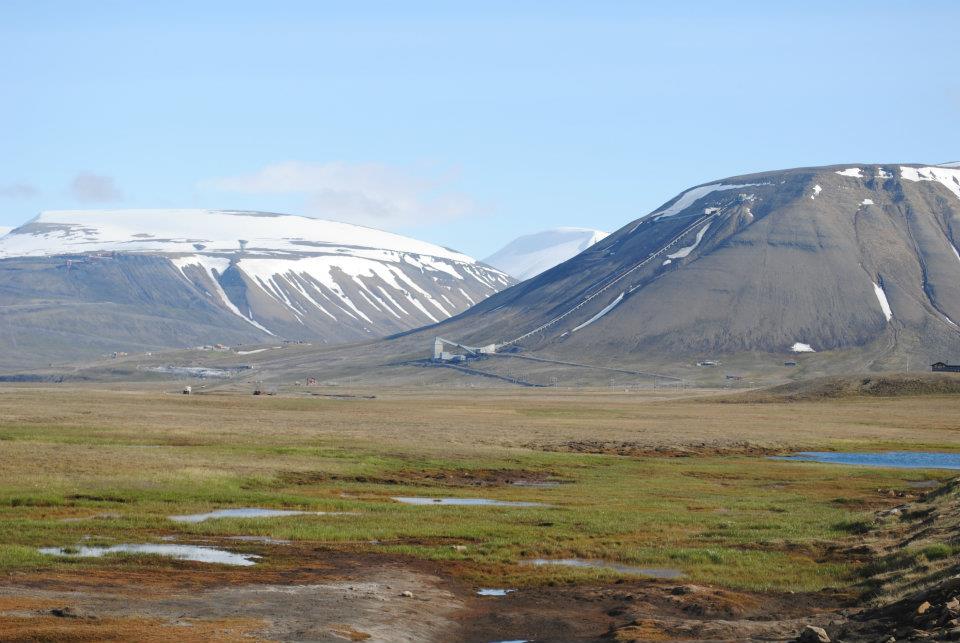
Abstract
Globally an increasing number of people are facing water scarcity. To address the challenge, measures to reduce water demand are investigated in the world. In the present paper, a novel approach to reuse bathroom graywater for shower and bathroom sink hot water is investigated. The investigation focuses on water and energy savings, water treatment, economic benefit and investigates the main actors and institutions that are involved.
The main results are that there is significant potential for water and energy savings with a positive economic benefit. Water savings of domestic hot water up to 91 % and energy savings up to 55 % were observed. The investigated treatment plant produces recycled graywater with a quality close to drinking water standards.
The investigation also presents that the reason for the positive economic benefit will depend on the utility tariffs. Therefore, two locations with different utility rate structures were investigated, Gothenburg, Sweden and Settle, USA. In Gothenburg, the utility cost for energy was the driver of economic benefit and in Seattle it was the water and wastewater cost that was the driver. The return of investment for the system and installation was shown to be 3.7 years in Gothenburg and 2.4 years in Seattle.
Keywords
Links:
- A multi-criteria analysis of building level graywater reuse for personal hygiene, full article
- Timos Karpouzoglou, profile page
- WaterCentre, homepage


No comments yet. Be the first to comment!